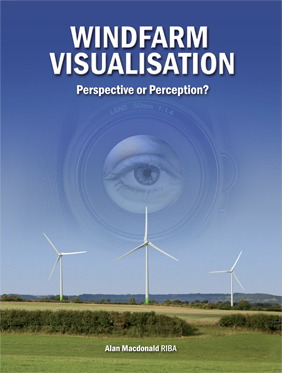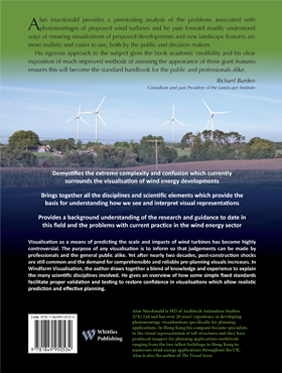DTI-50
As windfarms proliferate across the UK, visualisation as a means of predicting the scale and impacts of wind turbines has become a highly controversial subject. The purpose of any visualisation is to inform so that judgements can be made by professionals and the general public alike. Yet after nearly two decades, post-construction shocks are still common and the public demand for comprehensible and reliable pre-planning visuals increases. In Windfarm Visualisation, the author draws together a blend of knowledge and experience to explain the many scientific disciplines involved. He gives an overview of how some simple fixed standards facilitate proper validation and testing to restore confidence in visualisations which allow realistic prediction and effective planning.
Photography is both an art and a science which, if used scientifically, must be capable of being tested. Current practice is found at best to be impractical and at worst an artifice to diminish potential impacts. Under scrutiny, flaws in the adopted methodology are exposed, pseudo-science is repudiated and wide-ranging problems for the public, planners and decision-makers explored and explained. The assumption that perspective geometry equates to what we see is challenged and the case is made that visual representation must take full account of human visual perception.
This simple subject has been subverted by needless complexity. In Windfarm Visualisation this complexity is stripped away to provide a refreshingly informative text covering the fundamentals of photomontage visualisation, the unique challenges of representing windfarms and some simple recommendations for fixed photographic standards and presentation formats to restore confidence in predictive visualisation.
It is also a scientific detective story into what we see, how it can be misrepresented and manipulated by self-interested parties and how visualisation itself has become the unwitting victim of its own potential to reliably inform the planning system and the public.
Alan Macdonald provides a penetrating analysis of the problems associated with photomontages of proposed wind turbines and he puts forward readily understood ways of ensuring visualisations of proposed developments and new landscape features are more realistic and easier to use, both by the public and decision makers.
His rigorous approach to the subject gives the book academic credibility and his clear exposition of much improved methods of assessing the appearance of these giant features ensures this will become the standard handbook for the public and professionals alike.
Richard Burden
Consultant and past President of the Landscape Institute
Download PowerPoint Presentation
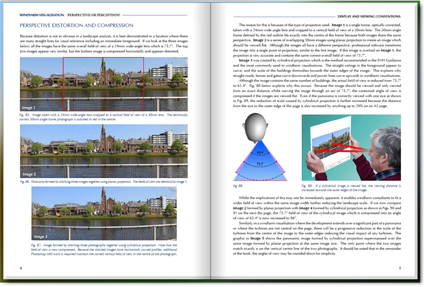
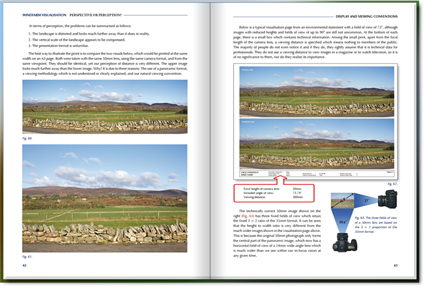
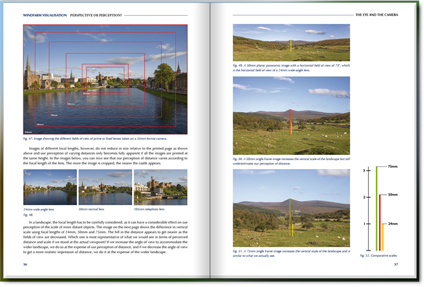
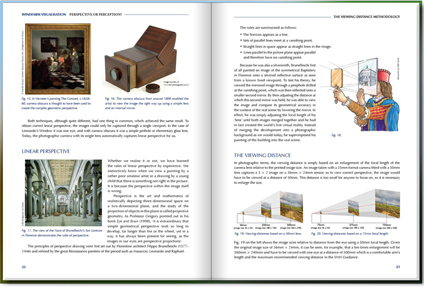
© Copyright Windfarm Visualisation 2018
